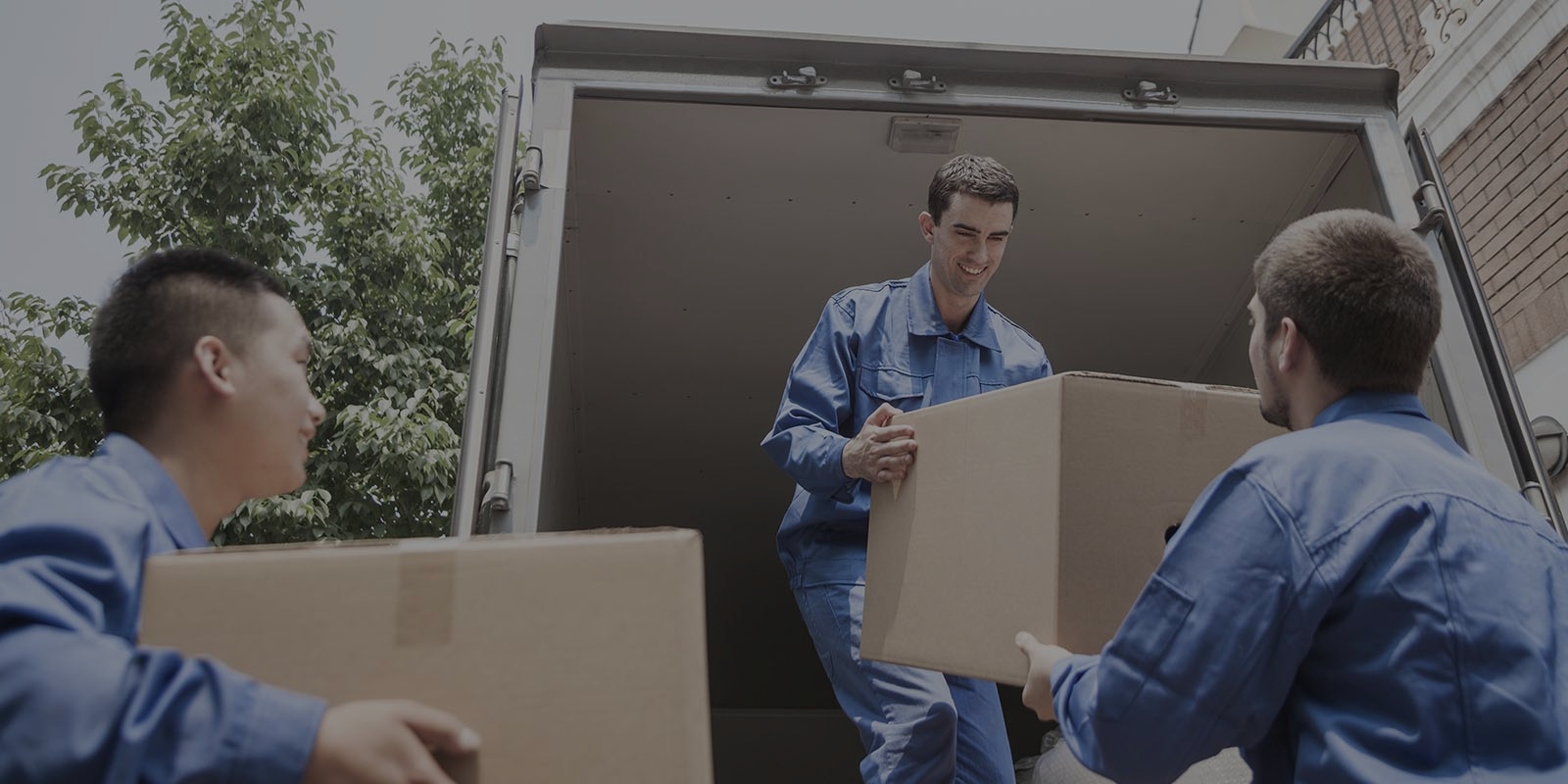Keeping Your Freezer Safe and Sound During Downtime
Posted on 23/05/2025
Keeping Your Freezer Safe and Sound During Downtime: An Essential Guide
Proper freezer maintenance is often overlooked until an unexpected power outage, appliance malfunction, or planned downtime highlights just how crucial a steady, controlled freezing environment is. Whether you're safeguarding precious groceries or expensive frozen goods, understanding the best practices to keep your freezer safe and sound during downtime can save you money, prevent food waste, and offer peace of mind. In this comprehensive guide, you'll discover everything you need to know about protecting the contents of your freezer when things don't go as planned.

Understanding Freezer Downtime and Its Risks
Freezer downtime refers to any period when your freezer is not functioning at its normal operating temperature--this could be because of a power outage, routine maintenance, mechanical failure, or even a move. During these times, the contents of your freezer are at risk of spoiling, developing freezer burn, or even turning into a food safety hazard.
- Food Spoilage: Perishable items like meat, dairy, and prepared meals are especially vulnerable during downtime.
- Freezer Burn: Even if foods remain cold, fluctuating or rising temperatures can cause dehydration and oxidation, harming flavor and texture.
- Safety Hazards: Thawed and refrozen food can harbor bacteria, posing potential health risks.
It's vital to be proactive and well-prepared to keep your freezer safe during periods when it can't operate optimally.
Top Reasons Freezers Experience Downtime
- Power outages: Storms, grid failures, or accidental power cuts are common culprits.
- Scheduled maintenance or cleaning: Periodically, you'll need to defrost or clean your freezer, which means turning it off.
- Moving or remodeling: Relocation often involves disconnecting appliances.
- Freezer malfunctions: Issues like a faulty compressor, thermostat, or fuse can take your unit offline.
Knowing why your freezer might go offline allows you to develop quick, effective response plans and minimize risk to your frozen goods.
How Long Do Freezers Stay Cold Without Power?
A properly filled and sealed freezer can often keep its contents safely frozen for up to 48 hours--24 hours if only half full. However, these guidelines depend on several key factors:
- Amount of food inside: A fuller freezer retains cold better than an empty one.
- Outside temperature: Freezers in hotter environments will warm up more quickly.
- How often you open the door: Every opening lets in warm air, hastening thawing.
It's essential to remember this general rule: "Keep the door closed". The less you open it, the longer the cold air will linger and the safer your food stays.
Preparing for Freezer Downtime: Proactive Tips
Preparation is your best defense against potential food loss or safety hazards. Here's how to keep your freezer safe and sound during planned or unplanned downtime:
1. Inventory and Organize
- Keep an up-to-date list of what's inside your freezer. This will help you quickly assess your losses if the worst happens, and plan how to consume or relocate items in case of an outage.
- Organize by grouping similar items together, ensuring good air flow. Well-organized freezers are easier to manage during emergencies.
2. Fill Empty Spaces
- A fully packed freezer holds its cold longer than one with ample empty space. If you have extra room, fill empty milk jugs or soda bottles with water and freeze them.
- This not only helps maintain cold temperatures, but the frozen water can be used in coolers during longer downtimes.
3. Invest in a Freezer Thermometer
- Temperature monitoring is critical. Place a thermometer where you can easily see it--ideally one with a max/min memory function to record temperature highs and lows during downtime.
- Knowing the exact temperature helps you decide if food is still safe.
*Tip: Freezers should be at 0?F (-18?C) or lower for optimal food safety.*
4. Use Ice Packs and Dry Ice
- Commercial ice packs and dry ice are powerful tools to extend the time your freezer stays cold during outages.
- Have some on hand, especially if you live in an area prone to storms or unreliable power.
- Never handle dry ice with bare hands: always use gloves and proper ventilation.
5. Establish an Emergency Plan
- Know locations of nearby family, friends, or local shelters where you can temporarily store items if you lose freezer power for prolonged periods.
- Have coolers and ice ready to transfer contents if necessary.
During Downtime: The Do's and Don'ts
If your freezer stops functioning unexpectedly, follow these critical steps to protect your frozen foods:
What To Do:
- Close the freezer door: Only open when absolutely necessary.
- Monitor the temperature: Use your thermometer or a digital sensor.
- Add ice or dry ice: Place it on top of the frozen food to maximize cold preservation.
- Relocate perishables: If downtime will exceed 24-48 hours, move food to another working freezer or use coolers with ice.
- Prioritize consumption: Eat the most perishable items first if you suspect a prolonged outage.
What Not To Do:
- Don't refreeze thawed food unless it's safe: If any food item has thawed and been above 40?F (4?C) for over 2 hours, discard it to avoid food poisoning.
- Don't overload with warm food: Introducing warm food can rapidly raise the internal temperature, worsening the situation.
- Don't ignore warning signs: Odd smells, discoloration, or mushy textures indicate compromised food.
_The better you adhere to these rules, the more secure your freezer's contents will remain during downtime._
After Freezer Downtime: Assessing and Restoring Safety
Once power is restored or your freezer is operational again, it's time to carefully check the state of your frozen items. Use these steps to restore freezer safety and minimize waste:
- Check the thermometer: If the freezer never rose above 40?F (4?C), most foods are still safe to eat or refreeze.
- Inspect food visually and by smell: If anything appears off, slimy, mushy, or smells strange, err on the side of caution--when in doubt, throw it out!
- Look for ice crystals: If foods still have ice crystals, it's generally safe to refreeze, though texture and quality may suffer.
- Organize and clean: Take this opportunity to reorganize your freezer and clean up any spills or leaks from thawed items.
Additional Tips for Freezer Longevity and Food Safety
Label and Date Your Items
- Always label and date everything you freeze. This makes rotation and inventory much easier, ensuring older items are used first.
Regularly Defrost and Clean
- Even frost-free models benefit from periodic cleaning. Excessive ice buildup can reduce efficiency and storage space.
Check Your Gaskets and Seals
- If your freezer seals are worn or damaged, cold air escapes more readily, putting your contents at risk even during minor downtimes. Replace seals as needed.
Consider a Backup Power Source
- Generator ownership is an excellent form of risk mitigation, especially in areas with frequent outages. Even small portable units can keep a freezer going for hours or days in emergencies.
Utilize Technology
- Smart sensors can alert you via phone if your freezer temperature rises unexpectedly, giving you valuable time to respond.
When to Discard Frozen Food: Food Safety Guidelines
Protecting yourself and your family from foodborne illness should always be your number one priority. The following guidelines, endorsed by food safety experts, can help:
- Any food held above 40?F (4?C) for longer than two hours should be tossed, no matter how it looks or smells.
- Refreezing is only safe if the food still contains visible ice crystals or feels very cold to the touch (i.e., below 40?F/4?C).
- Never taste food to determine safety. When in doubt, throw it out!
- Keep a chart of freezer storage times: Even in ideal conditions, most foods have maximum recommended freezer times for best quality.

Key Takeaways: Keeping Your Freezer Safe and Sound During Downtime
- Stay Prepared: Know your inventory and keep supplies like ice and thermometers handy.
- Minimize Access: Open your freezer only if absolutely necessary during downtime.
- Act Quickly During Extended Outages: Relocate or consume perishables when downtime exceeds safe limits.
- Prioritize Health: Never consume or refreeze potentially unsafe foods.
- Invest in Preventative Tools: Consider backup power and smart temperature monitoring for ultimate peace of mind.
Conclusion
A little foresight and preparation go a long way in keeping your freezer safe and sound during downtime. By understanding the risks, preparing your freezer and its contents, and taking swift, informed action when issues arise, you can protect both your food and your finances. Use the easy, practical steps outlined in this guide to ensure you're never caught off guard--it's an investment in your home's food security and your own peace of mind.
_Ultimately, diligent freezer care is the best insurance you can have for those unexpected moments when downtime strikes. Stay informed, stay prepared, and keep your frozen foods safe!_







